Living Mathematical Ecosystems
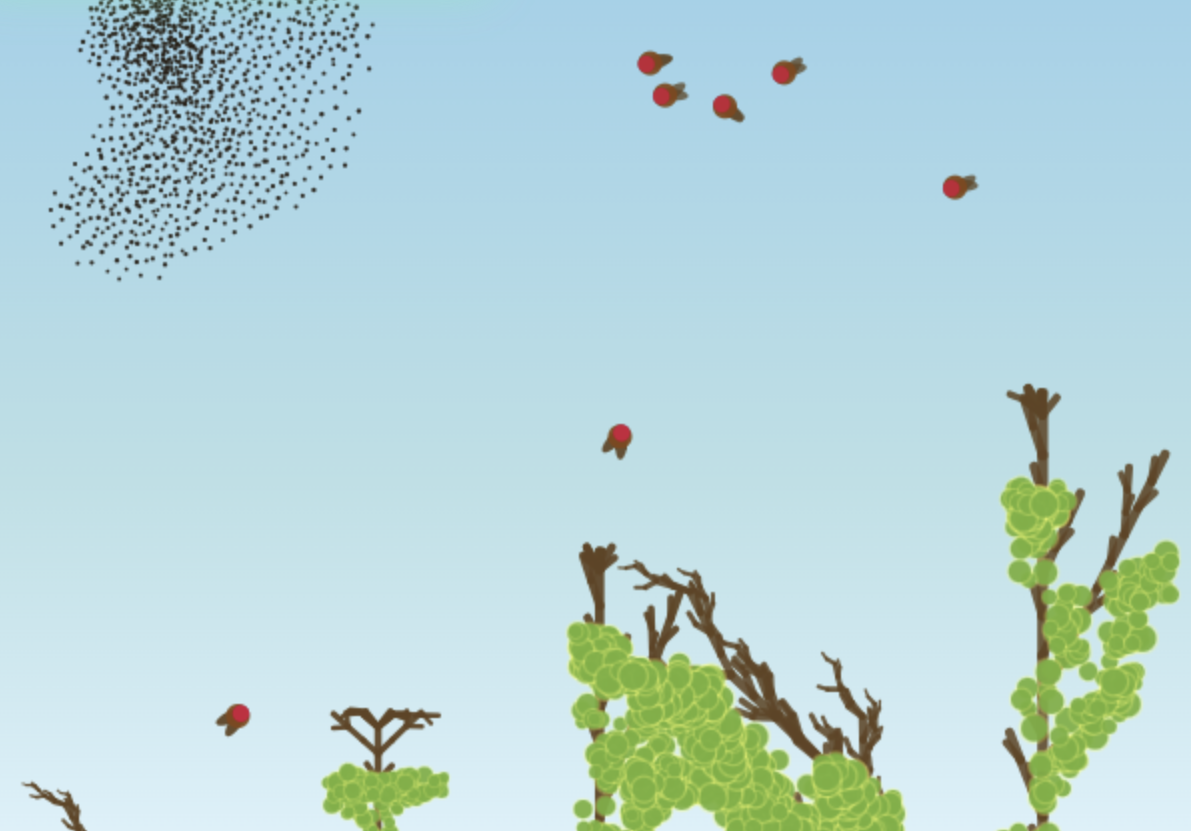
Birds, Bees, Butterflies and Bats!
These simulations demonstrate non-Markovian swarming algorithms across multiple species. Genetic algorithms drive bees as they pollinate flowers and produce mathematically emergent honey within hives. Robins exhibit territorial behaviours, building nests on L-System trees while avoiding predators through coordinated flocking responses. Bats use their sonar to hunt moths on a moonlit sea
Each species operates through distinct CRR parameters, creating diverse behavioral patterns from the same mathematical framework. Swarm intelligence emerges from local interactions between autonomous agents, demonstrating how simple rules generate complex ecosystem dynamics.
Birds Bees Bee Vision (Toy!) Butterflies Bats And...AgAnts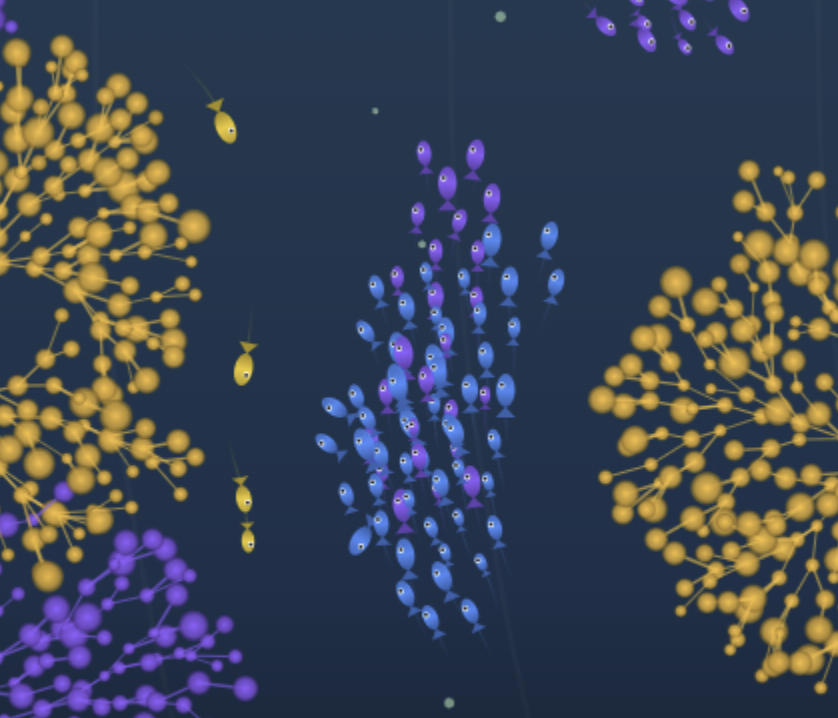
Marine Environments
Mathematical coral systems respond to environmental heat stress through coherence-based bleaching and recovery cycles. Fish populations interact with coral through feeding behaviours, while mathematical currents shape the fish school behaviours and movements in realtime.
These aquatic ecosystems demonstrate how CRR principles scale from microscopic plankton to complex reef systems, with each organism contributing to collective environmental coherence through biochemical signaling and spatial organisation.
Marine Tank Marine Tank (with current adjustment)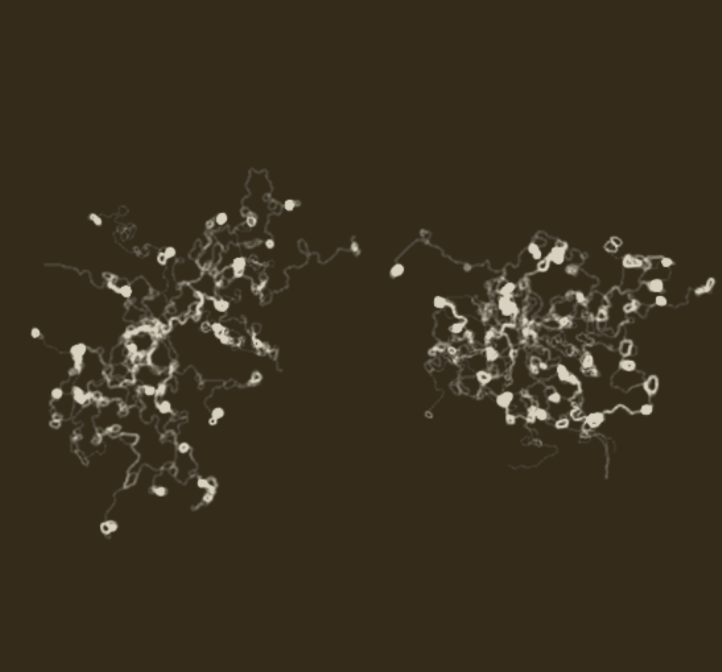
Moss & Mycelium
Memory-enabled environments simulate real-time growth of moss, mycelium, and lichen. Forest ecosystems feature L-System trees with photosynthetic processes, while mycelial networks demonstrate glucose exchange and resource distribution across interconnected hyphal networks.
These simulations capture the CRR nature of biological growth, where current development depends on accumulated historical patterns. Mycelial intelligence emerges through network topology optimisation and resource-sharing behaviours that transcend individual organism boundaries.
Moss (Toy) Moss (Advanced) Mycelium Lichen Tree, Moss and Mycelium Ecosystem New Forest Tree Ring Growth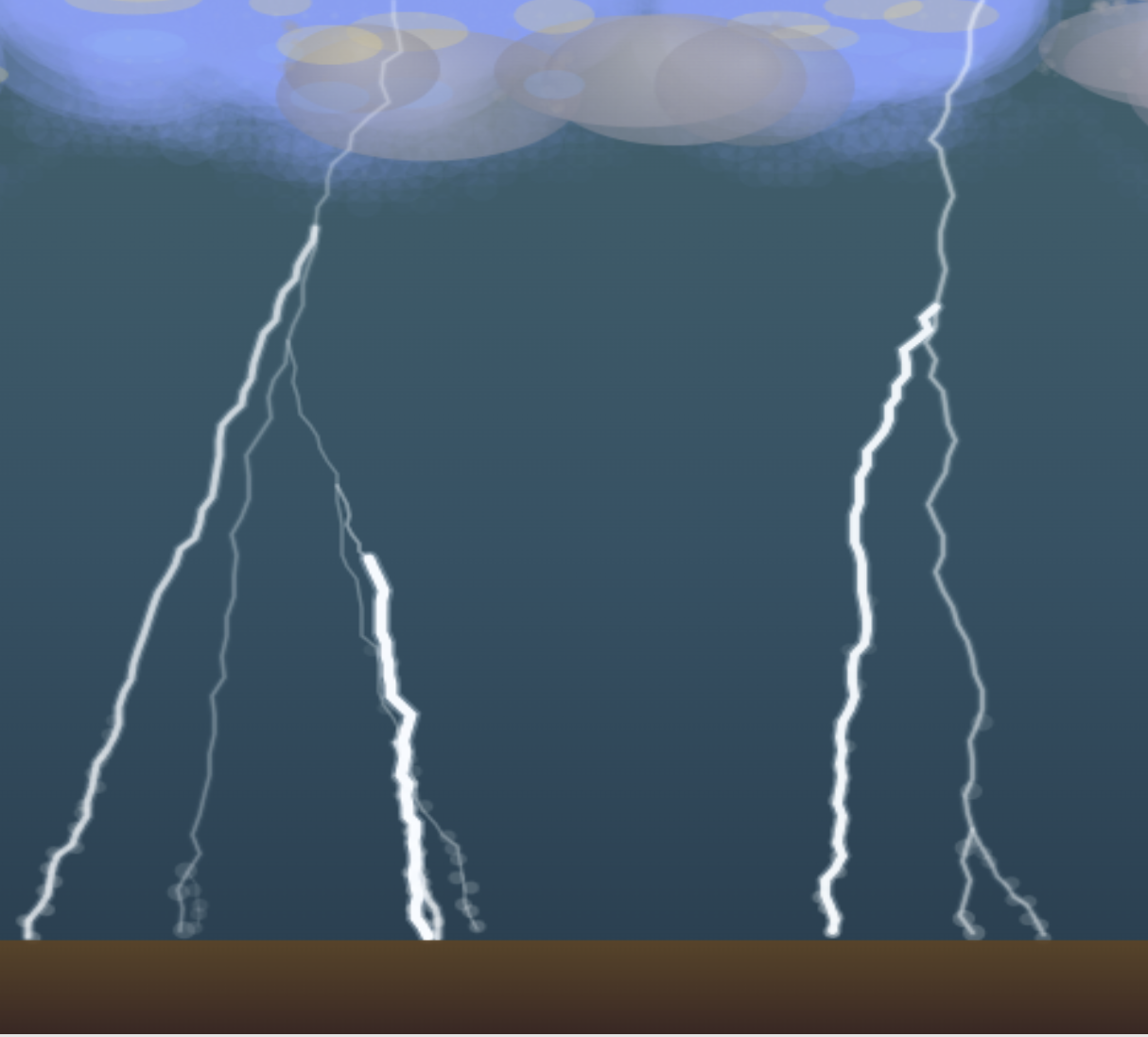
Weather Systems
Atmospheric CRR dynamics drive cloud formation, charge accumulation, and lightning discharge patterns. The system tracks real-time Coherence-Rupture-Regeneration phases as electrical potential builds in cloud systems until rupture thresholds trigger lightning strikes through optimal CRR field pathways.
The simulation features both bolt lightning (cloud-to-ground strikes) and sheet lightning (cloud-to-cloud discharges), with interactive lightning and real-time storm parameter control. Users can observe how CRR coherence fields influence atmospheric electrical behavior and precipitation patterns. The hurricane example shows three toy models of memory-based hurricanes over Jamaica.
Experience Storm Formation Experience CRR Hurricane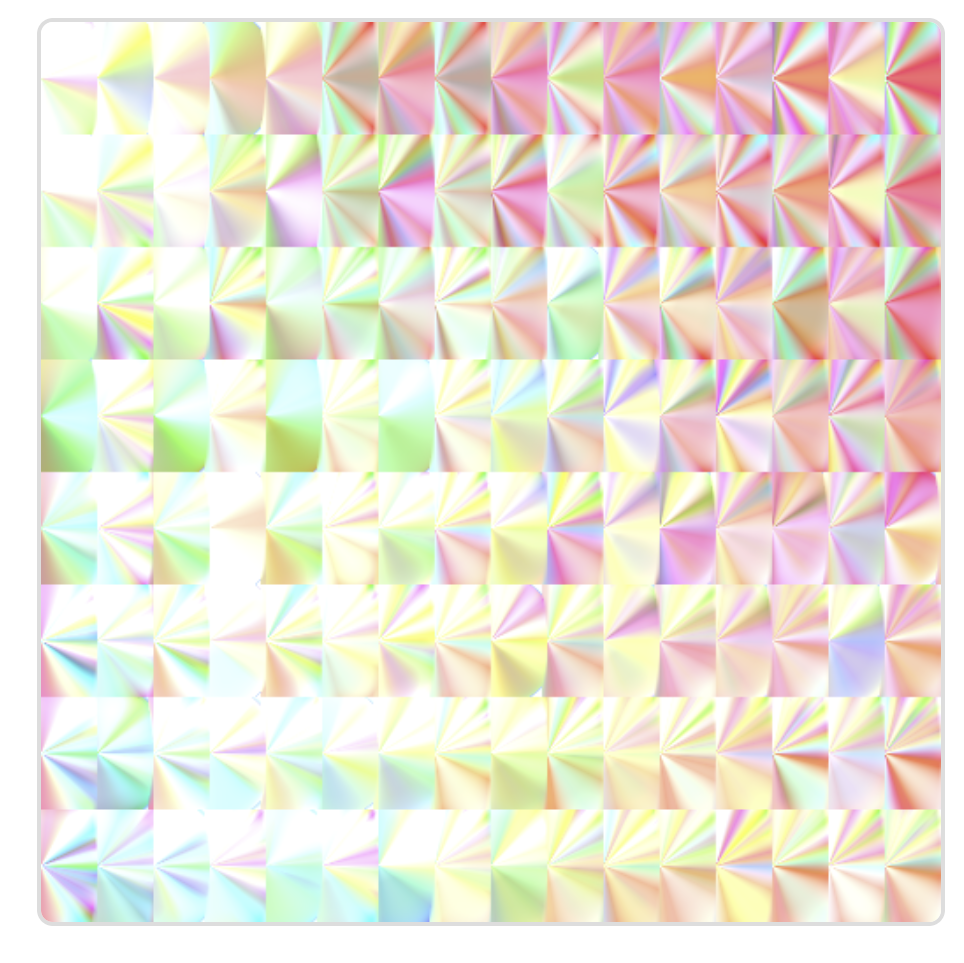
Iridescence and Pearlescence
These simulations demonstrate memory-enhanced biologically realistic surface textures. Fish scale iridescence and mother-of-pearl surfaces exhibit enhanced color visibility through structural interference patterns.
Each system was derived by the CRR framework to model coherence accumulation, rupture events, and regenerative processes. Memory integration enables temporal patterns that persist beyond immediate stimulus, creating surfaces that respond to viewing angle and variable changes.
Fish Scale Iridescence Mother-of-Pearl Golden Beetle